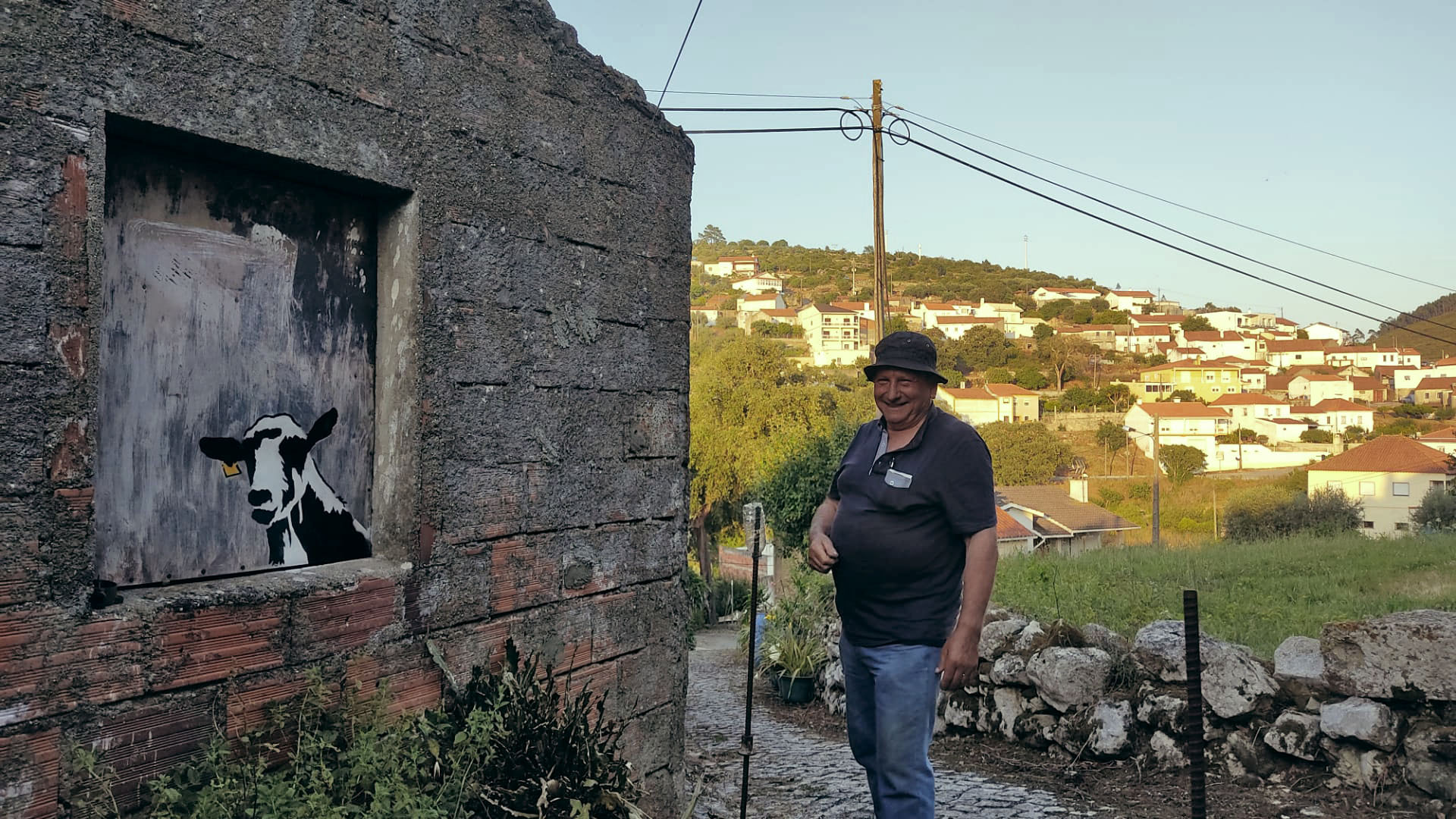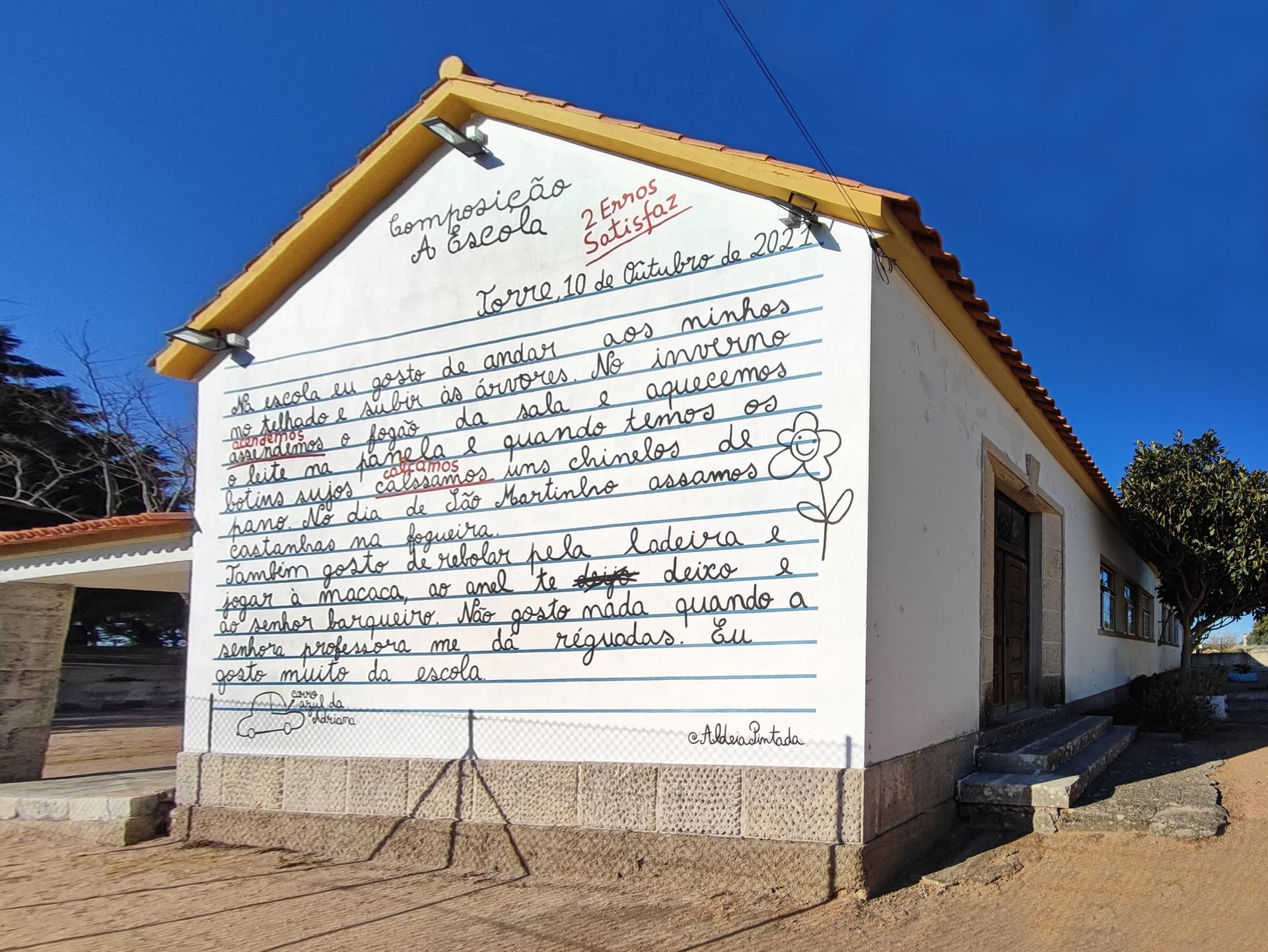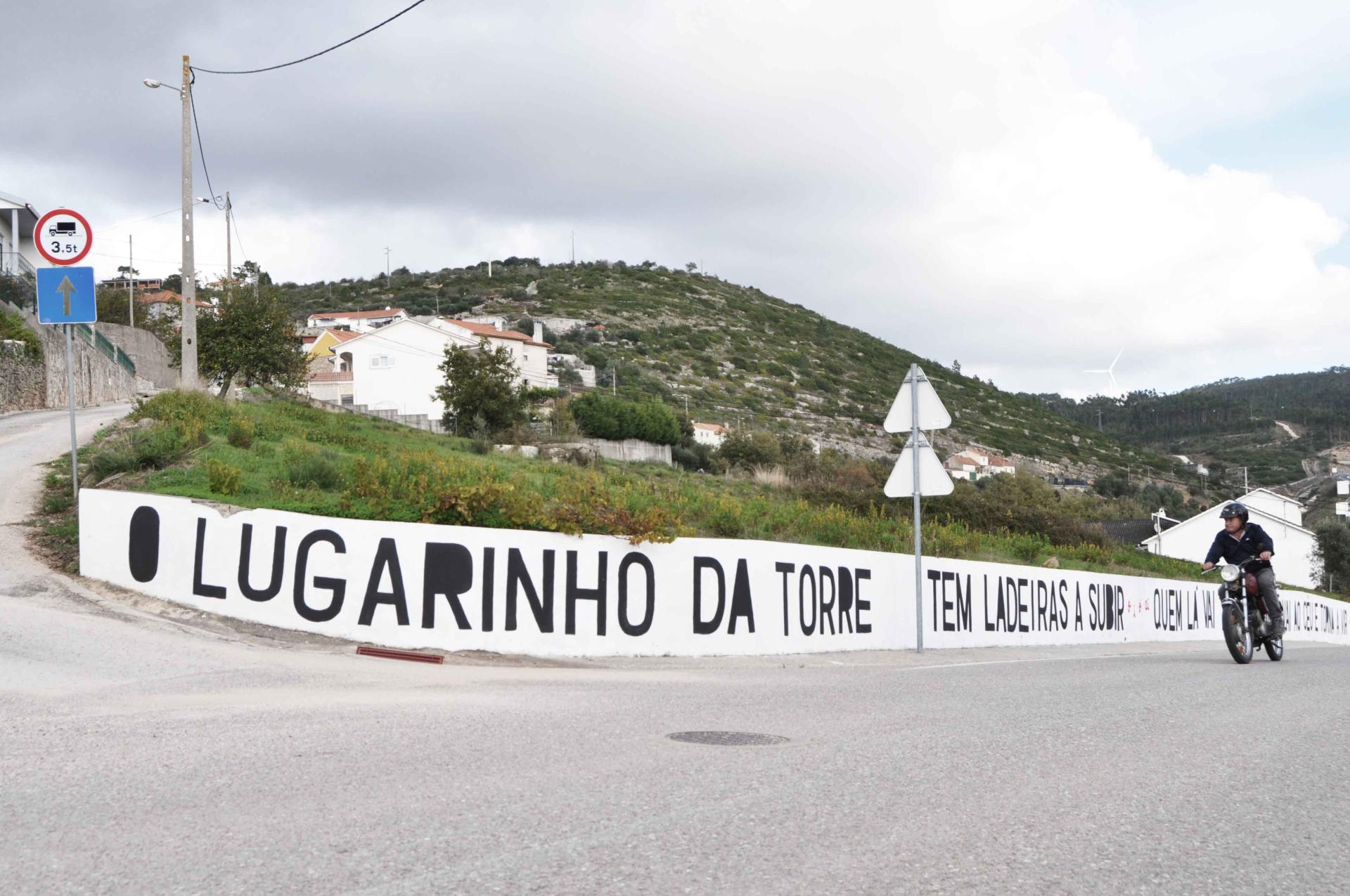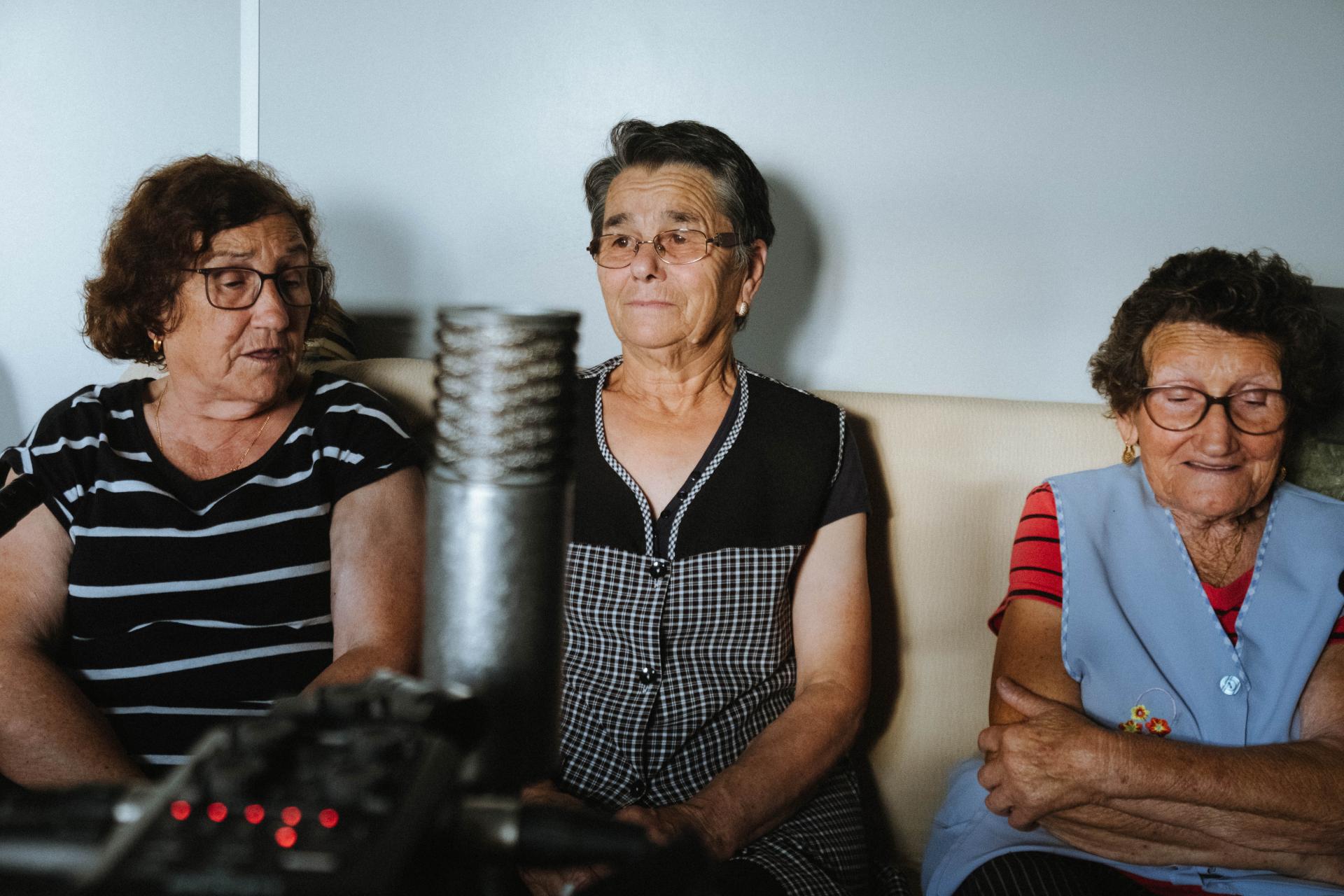Aldeia Pintada
Basic information
Project Title
Full project title
Category
Project Description
ALDEIA PINTADA is a project that emerged in Torre, a village in the county of Batalha.
The ideia was born from the will to document its heritage and use it as a boost for artistic creation.
The memories collected in dialogue with local inhabitants, are the basis for urban art interventions on the walls of the village.
These physical transformations of the village areas aim to enhance the memory, traditions and local identity, bringing back to the lives of the townspeople a sense of belonging.
Geographical Scope
Project Region
Urban or rural issues
Physical or other transformations
EU Programme or fund
Which funds
Description of the project
Summary
ALDEIA PINTADA is a project that emerged/ arose in Torre da Magueixa, a village in the county of Batalha, known today only as Torre, a unique place with a lot to tell.
The ideia was born from the will to document its heritage and use it as a boost for artistic creation.
The stories, tales, folk song and the experience, collected in dialogue with local inhabitants, are the basis for urban art interventions on the walls of the village.
The mural painting initiatives are crossed with interventions in the areas of video, music and installation.
These physical transformations of the village areas aim to enhance the memory, traditions and local identity, bringing back to the lives of the townspeople a sense of belonging and community.
Key objectives for sustainability
The Project has always aimed at reducing energy and materials, as well as supporting local commerce.
-Human resources from the village are used for this, both in the development of ideas and in the execution of the proposals.
-Whenever possible the materials used are reused and offered by local residents and collected door to door, such as "leftover" paint. Or they are bought from local businesses.
Key objectives for aesthetics and quality
The main goal of the project has always been to give more color and life to the village, so the mural paintings have been designed to areas of the village more aged and degraded in order to regenerate its urban landscape.
At the aesthetic level there is a care to maintain a common language in all materials produced, from digital content to the interventions that inhabit the village in order to maintain a harmony and coherence, eventually becoming the visual identity of the project.
Key objectives for inclusion
All the interventions are designed to be available to any inhabitant of the village, from a younger public to the elderly or even the illiterate.
Firstly, the interventions are in public space, accessible to all, in the case of the murals, their illustrations try to be clear and meet the imagery of local culture, its tales and memories.Many of the interventions are accompanied by QR codes extending their content to digital platforms.The very process of elaboration of the interventions is designed so that it can be carried out by anyone, with more or less experience in the matter, allowing the participation and involvement of all.
Results in relation to category
This project always has as its starting point the heritage of the village, and draws inspiration from its stories, legends, songs or the experiences of the population, so the final product is directly related to the people and the place. This appreciation has revived pride and the spirit of neighborhoodism, recovering the feeling of belonging both to the place and to the community.
How Citizens benefit
All interventions were based on memories collected in dialogue with the village population. Thus, contact between different generations was also promoted and a sense of community was cultivated. Aknowledging that the majority of the population contacted is elderly, the fight against isolation was also promoted.
Physical or other transformations
Innovative character
Being a project that can be included in the field of street art, installation and audiovisual, it stands out from other similar initiatives because it is designed for a specific place, inspired by the experiences, memories and traditions of the community of that place, carried out with the collective participation of these same people, valuing their identity as well as the revitalization of the village.
Learning transferred to other parties
It is the village itself that allows the development of this project, both for its historical wealth and for the need and desire of its inhabitants to document and revisit all that content. This is certainly not an isolated case, there will be other places of a similar nature where it is necessary and even urgent to implement identical initiatives, however adapted to their specific characteristics.




